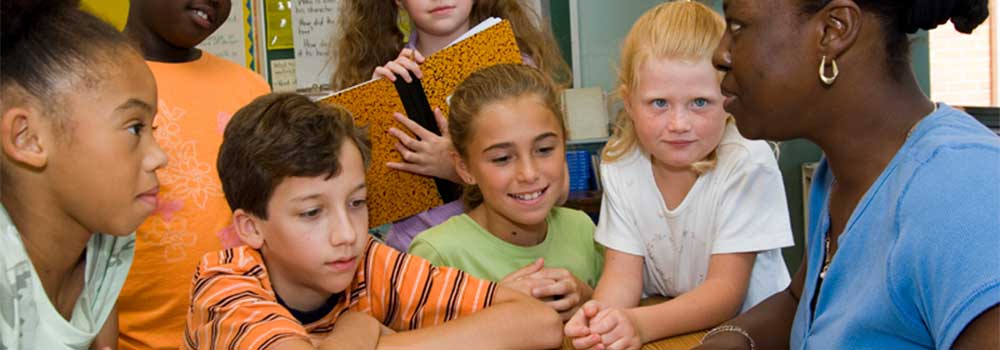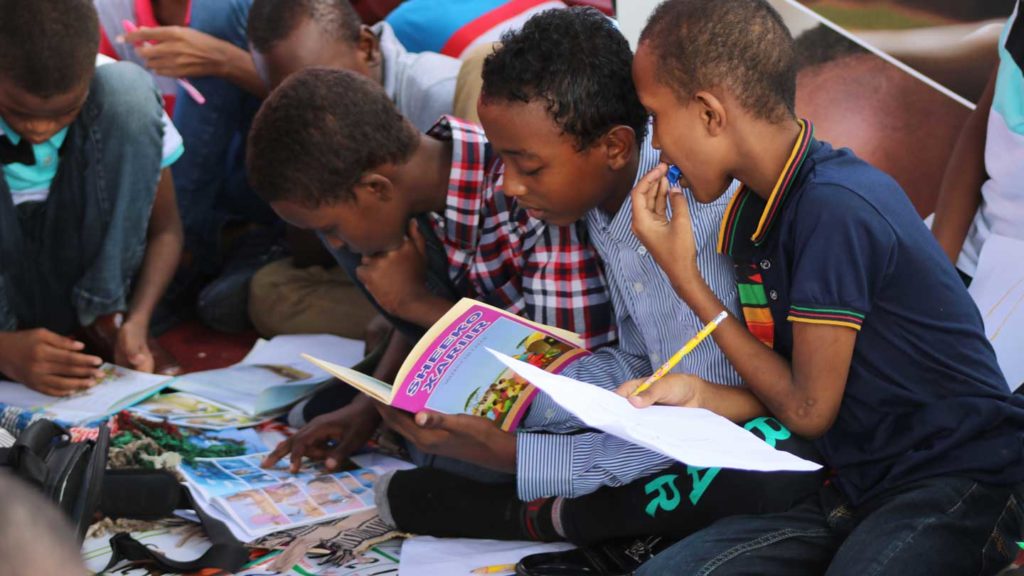Collaborative learning fosters critical thinking, problem-solving, and dialogue. It lets pupils collaborate and form a learning group. This study reviews efficient joint learning methods.
We’ll talk group work, peer learning, and online collaboration’s pros and cons. We will also discuss group size and makeup, jobs and duties, communication, technology, and dispute resolution as key cooperation tactics.
We’ll also talk ways to evaluate group tasks and success about collaborative learning strategies. This study will help trainers and pupils collaborate to improve expertise and academic success.
Types of Collaborative Learning
Different collaborative learning methods have pros and cons. Students collaborate on a topic or job in group work. Group work helps pupils develop unity and learn from each other’s assets and flaws. It can be difficult to make sure everyone shares evenly, and disputes can occur if group members have different views or work habits.
Students study and teach each other in peer learning. Peer coaching, study clubs, and classroom discussions can accomplish this. Peer learning is great for repeating ideas and growing confidence, but it takes faith and regard between students.
Students collaborate online using video chat, debate groups, and shared papers. Remote pupils can benefit from this form of cooperation, but it takes good communication and time management.
The best joint learning method depends on pupil aims and wants. Group work is best for project-based assignments, while peer learning is best for test prep. Students who collaborate outside of class may benefit most from online cooperation. Educators can choose the best joint learning method for their pupils by knowing its pros and cons.
Strategies for Effective Collaborative Learning

Collaborative learning takes careful planning and management to engage and contribute all pupils. Key cooperation strategies:
To make the group reasonable and effective, examine its size and makeup. Smaller groups may lack variety, while larger ones may make it hard for everyone to join. To ensure each person contributes unique skills and views, group makeup should be carefully examined.
Group duties: Assigning tasks and duties can help ensure that each group member is responsible for their input. This can avoid disputes and keep the group on track.
Effective communication: Collaboration requires good dialogue. Setting goals and standards, active listening, and helpful comments are examples. Email, videoconferencing, and online debate sites can be taught by educators.
Technology can improve joint learning. Collaboration networks, shared papers, and video materials are examples. However, pupils must have access to and be familiar using the required equipment.
Group dispute resolution: Collaboration involves conflicts, but the right tactics can help handle them. Educators can teach active attention, agreement, and mediation. These methods can help teachers foster pupil interest, responsibility, and critical thinking.
Assessing Collaborative Learning
Students, as part of the process of identifying the educational objectives they desire to follow, have their ability to collaborate with one another appraised. The following is a synopsis of several approaches that can be utilized to evaluate the efficiency of collaborative learning.
It is necessary to conduct individual performance reviews in addition to group performance reviews in order to ensure that each contributor is participating to the discussion in a meaningful manner. This is the only way to ensure that meaningful contributions are being made.
It is possible to ascertain an individual’s level of accomplishment through a variety of means, such as self-assessment, evaluation by peers, and examination by the instructor, among other possibilities.
Observation, the responsibilities that have been given to the group, and exhibits are three ways in which the efficiency of a group can be evaluated.
Self-reflection and helpful criticism in education are invaluable
Students who take part in activities that require them to evaluate and reflect on themselves are better able to calculate their own growth and identify areas in which they need to progress.
This is because these types of activities require students to think about themselves. This calls for thoughtful consideration and reflection on the topic at hand.
This can be achieved by keeping in consistent communication with the instructional staff, taking an involved role in classroom conversations, and performing self-evaluations.
It is absolutely necessary for feedback to be specific, separated into stages that can be readily consumed, and focused on prospective areas for development rather than flaws in the work itself.
The best methods for assessing joint projects and jobs
Clear standards and grading rubrics help students evaluate group tasks and duties. Students will better comprehend expectations. Scoring rubrics should include communication, teamwork, and job completion. Teachers should also consider giving pupils group reflection time to pinpoint areas for growth.
These assessment methods can help teachers ensure students are learning through teamwork and meeting their learning goals. These assessment methods can help educators ensure that students are collaborating and meeting their learning goals.
Conclusion
Students are able to develop their critical thinking, problem-solving skills, and communication abilities through the process of learning in the collaborative learning strategies. These are all skills that are important for success in life.
Through the process of working together, students are able to improve their comprehension of challenging subject matter, strengthen areas in which they struggle, and benefit from one another’s experiences.
In this piece, the fundamental approaches that are essential to the accomplishment of successful collaborative learning have been dissected in extensive detail.
The number and composition of the group, the distribution of responsibilities and duties, efficient communication, the utilization of technology, and the resolution of conflicts are all included in these strategies

